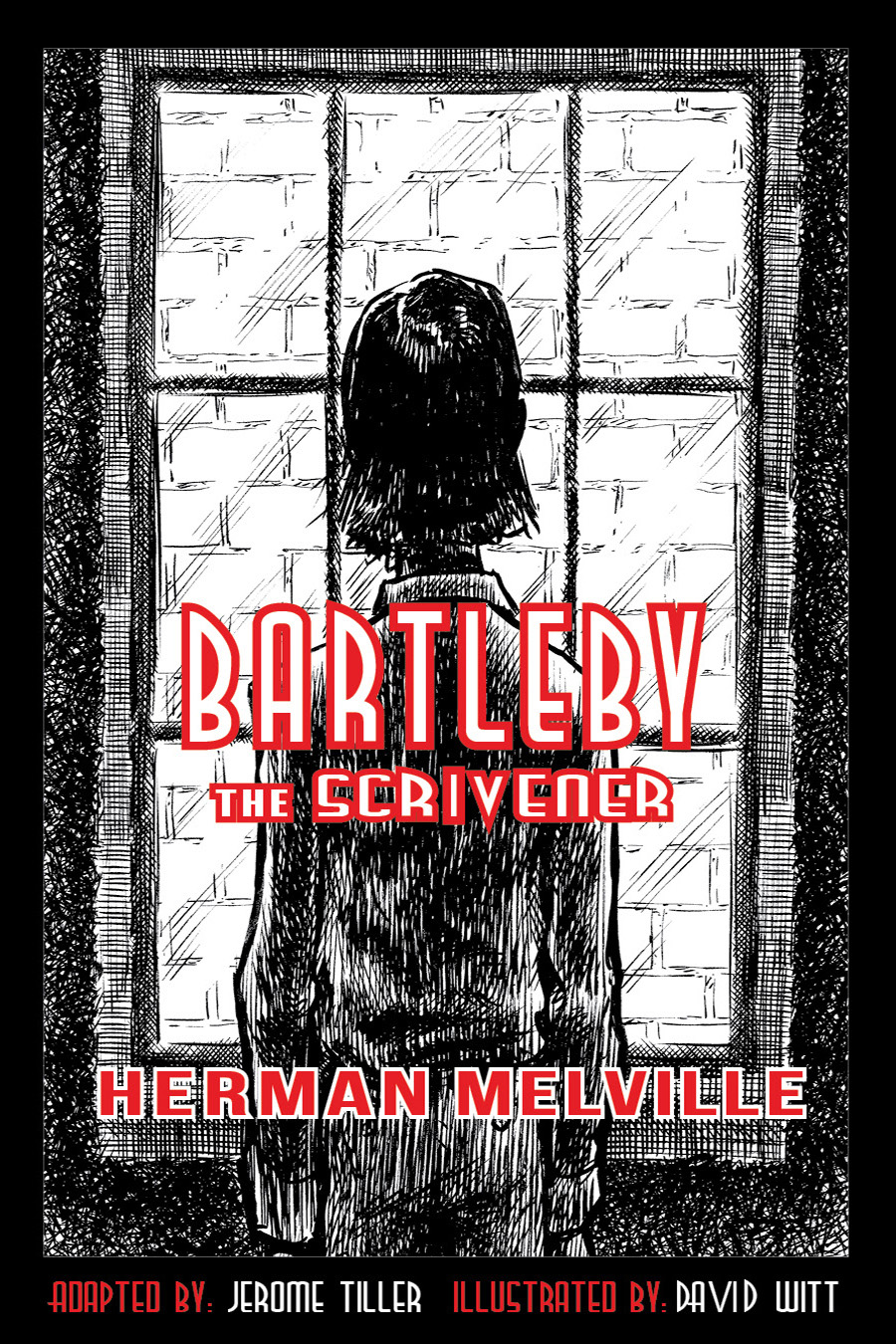Middle-Grade vs. Middle-School - A Difference in Terms
One might think, as I did, that ‘middle-grade’ means ‘middle-school’ and no difference exists between the terms. I discovered, only recently, that I was wrong. Book publishers define the middle-grade range as 8-12 years of age. They group one-third to one-half of the younger students in middle school (grades 6-8) with students in mid-to-late elementary school. Book publishers place the remaining group of older middle-school students with high schoolers in a category called ‘young-adult’. They define the young-adult age range as 13-18 years.
According to book trade companies that publish fiction, certain words and content topics define the two categories. Fiction books for ‘middle-grade’ readers shouldn’t contain profanity, graphic violence, or sexuality. All of this type of content would be allowable in fiction for ‘young-adults’. Because the book industry sticks middle-school students in both groupings, fiction books written specifically for them have no place to be. They get interspersed on library and bookstore shelves with fiction for either younger or older readers. This forces middle-school readers to navigate through content that either no longer interests them or that gatekeepers would want to withhold from them until they have aged roughly a year or two.
In my opinion, it wouldn’t ask much of the book industry to designate four categories of fiction books for young readers. My suggestion: Early elementary, late elementary, middle-school (or middle-grade), and young-adult. They could base all categories on complexity of language and thought-content. They would need to stipulate that only books for young-adults could contain profanity, graphic violence, or sexuality .
In our humble opinion, Adapted Classics books are perfect for middle-school students and parents who want to read quality fiction together. Both the stories and the illustrations are bound to spark conversations!
According to book trade companies that publish fiction, certain words and content topics define the two categories. Fiction books for ‘middle-grade’ readers shouldn’t contain profanity, graphic violence, or sexuality. All of this type of content would be allowable in fiction for ‘young-adults’. Because the book industry sticks middle-school students in both groupings, fiction books written specifically for them have no place to be. They get interspersed on library and bookstore shelves with fiction for either younger or older readers. This forces middle-school readers to navigate through content that either no longer interests them or that gatekeepers would want to withhold from them until they have aged roughly a year or two.
In my opinion, it wouldn’t ask much of the book industry to designate four categories of fiction books for young readers. My suggestion: Early elementary, late elementary, middle-school (or middle-grade), and young-adult. They could base all categories on complexity of language and thought-content. They would need to stipulate that only books for young-adults could contain profanity, graphic violence, or sexuality .
Adapted Classics for Middle School Readers
We formed Adapted Classics primarily to serve middle-school readers. However, we realize advanced readers in the late elementary grades (late middle-grade) might be up to the challenge. If they were, we knew those readers could also enjoy our books. We also know that many ‘young adult’ and ‘old adult’ readers enjoy both the stories and the illustrations in our books.In our humble opinion, Adapted Classics books are perfect for middle-school students and parents who want to read quality fiction together. Both the stories and the illustrations are bound to spark conversations!


